Home>diy>Building & Construction>What Are Mechanicals In Construction
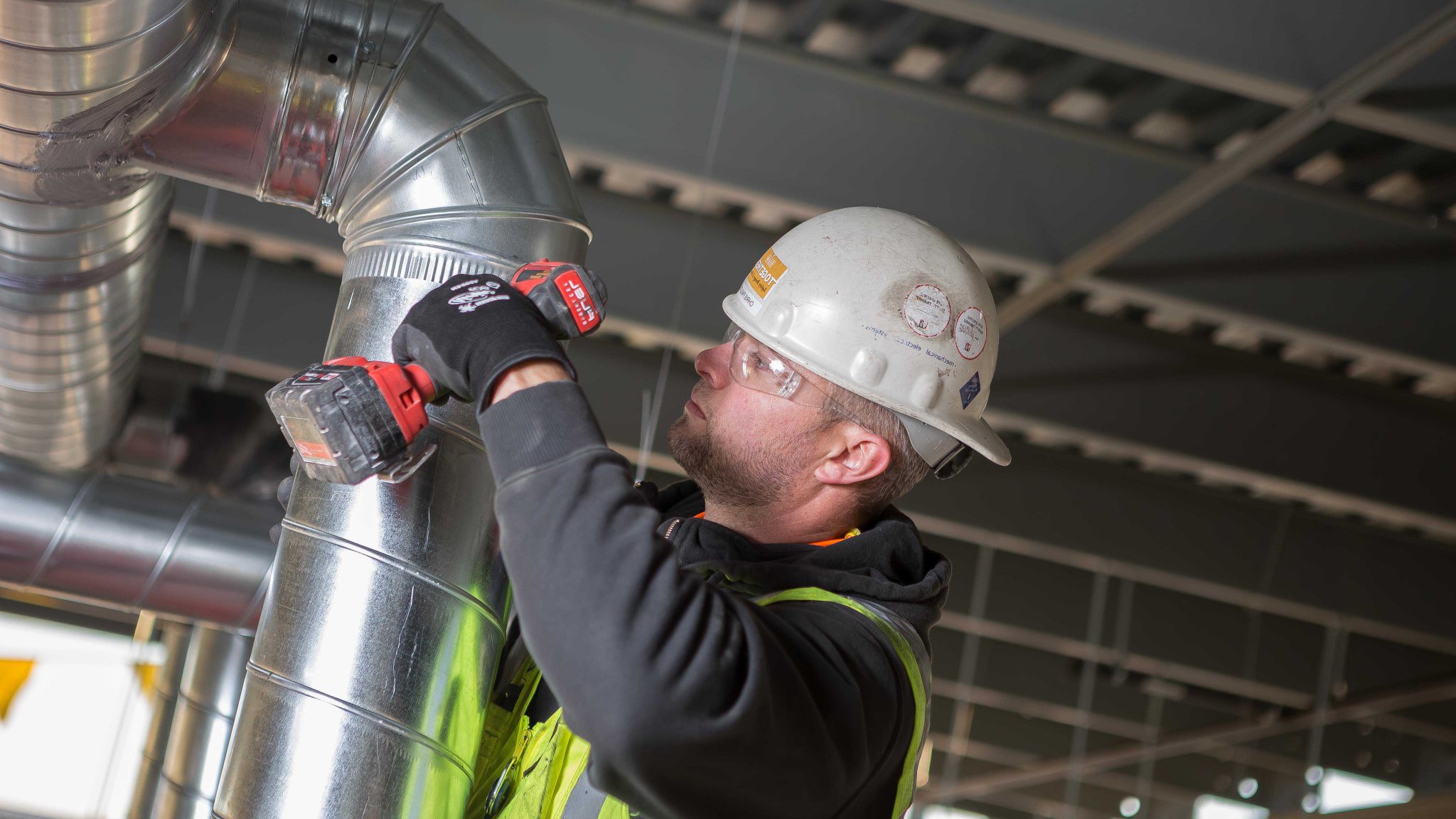

Building & Construction
What Are Mechanicals In Construction
Modified: March 6, 2024
Learn all about mechanicals in construction and how they play a crucial role in the building process. Discover their importance in building-construction projects.
(Many of the links in this article redirect to a specific reviewed product. Your purchase of these products through affiliate links helps to generate commission for Storables.com, at no extra cost. Learn more)
Introduction
Welcome to the world of construction, where intricate systems come together to create functional buildings that meet our everyday needs. In the realm of construction, there is a term that often arises: mechanicals. Understanding and incorporating mechanical systems into the design and construction process is crucial for creating safe, efficient, and comfortable spaces.
So, what exactly are mechanicals in construction? In simple terms, mechanicals refer to the various systems within a building that control and regulate key functions such as heating, cooling, plumbing, electrical supply, and fire protection.
These systems work silently behind the scenes, ensuring that buildings are properly equipped to provide comfort, convenience, and safety to its occupants. Without these mechanical systems, buildings would be nothing more than lifeless structures lacking the essential elements that make them habitable and functional.
Let’s delve deeper into the different types of mechanical systems that play a vital role in the construction industry.
Key Takeaways:
- Mechanical systems in construction, like HVAC, plumbing, electrical, and fire protection, are essential for creating safe, comfortable, and efficient buildings that meet the needs of occupants.
- Challenges in installing mechanical systems include coordination with other trades, space limitations, code compliance, maintenance, and system efficiency, all of which require careful planning and expertise for successful implementation.
Read more: What Is Mechanical In Construction
Definition of Mechanicals in Construction
Mechanicals in construction refer to the various systems and components that are responsible for controlling and regulating the essential functions of a building. These systems include HVAC (Heating, Ventilation, and Air Conditioning), plumbing, electrical, and fire protection systems.
The HVAC system is responsible for maintaining a comfortable environment inside the building by regulating temperature, humidity, and air quality. It includes equipment such as boilers, furnaces, air conditioners, ventilation units, and ductwork. The plumbing system, on the other hand, ensures the supply of clean water, disposal of waste water, and provision of gas services. This system consists of pipes, fixtures, pumps, and water storage tanks.
The electrical system is responsible for providing power to the building and includes wiring, outlets, switches, circuit breakers, and electrical panels. Lastly, the fire protection system is designed to detect and suppress fires and includes devices such as smoke detectors, fire sprinklers, fire alarms, and fire extinguishers.
When these mechanical systems are properly designed, installed, and maintained, they work harmoniously to create a safe, comfortable, and functional living or working environment. Each system has its unique set of components, codes, and regulations that must be followed to ensure proper functionality and compliance with building codes and standards.
Now that we have established the definition of mechanicals in construction, let’s explore the different types of mechanical systems in more detail.
Types of Mechanical Systems in Construction
When it comes to mechanical systems in construction, there are several types that play a crucial role in creating functional buildings. Let’s take a closer look at the main types of mechanical systems:
HVAC (Heating, Ventilation, and Air Conditioning)
The HVAC system is responsible for providing thermal comfort and acceptable indoor air quality. It includes heating, cooling, and ventilation components. Heating systems such as boilers or furnaces generate heat to warm the building during colder months. Cooling systems, such as air conditioners or chillers, remove heat from the indoor environment to provide relief during warmer months. Ventilation systems supply fresh outdoor air and remove stale air to maintain healthy indoor air quality.
Plumbing Systems
The plumbing system in a building ensures the supply of clean water, disposal of wastewater, and provision of gas services. This system includes pipes, fixtures (like sinks, toilets, and showers), pumps, water storage tanks, and drainage systems. Plumbing systems are designed to ensure the proper flow and pressure of water throughout the building and to safely remove wastewater.
Read more: What Is Mechanical Work In Construction
Electrical Systems
Electrical systems are responsible for providing power to the building. This includes wiring, outlets, switches, circuit breakers, and electrical panels. The electrical system must be designed to safely distribute electricity throughout the building, taking into account the power requirements of various devices and appliances within the structure.
Fire Protection Systems
Fire protection systems are designed to detect and suppress fires in a building. This includes devices such as smoke detectors, fire sprinklers, fire alarms, and fire extinguishers. These systems are vital for the safety of occupants and can help prevent the spread of fire, allowing for a safe evacuation and minimizing property damage.
These are the main types of mechanical systems that are incorporated into construction projects to ensure the comfort, safety, and functionality of the building. Each system requires careful planning, design, installation, and maintenance to meet building codes and standards and to ensure optimal performance.
Now that we have explored the different types of mechanical systems, let’s delve into their importance in the construction industry.
HVAC (Heating, Ventilation, and Air Conditioning)
The HVAC system is a vital component of mechanical systems in construction, responsible for providing heating, ventilation, and air conditioning to create a comfortable and healthy indoor environment. Let’s dive into each aspect of HVAC in more detail:
Heating
Heating systems are crucial for maintaining a comfortable temperature within a building during colder months. Common heating systems include boilers, furnaces, and heat pumps. These systems generate heat and distribute it throughout the building using various methods, such as radiator systems, baseboard heaters, or forced-air systems. The selection of a heating system depends on factors such as energy efficiency, size of the building, climate, and user preferences.
Read more: What Is A Mechanical Ventilation System
Ventilation
Ventilation plays a crucial role in maintaining indoor air quality. It involves the exchange of stale indoor air with fresh outdoor air. A well-designed ventilation system ensures the removal of contaminants, such as odors, pollutants, and excess moisture, and provides a continuous supply of fresh air. Ventilation systems can be natural (through windows and vents) or mechanical (using fans or ducted systems). Adequate ventilation is essential for preventing the buildup of indoor pollutants, enhancing occupant health and comfort.
Air Conditioning
Air conditioning systems are responsible for cooling and dehumidifying indoor air, especially during hot and humid climates. Common air conditioning systems include central air conditioning units, split systems, or ductless mini-split systems. These systems use refrigerants to absorb heat from indoor air and release it outside, thereby cooling the indoor environment. Air conditioning enhances comfort levels by maintaining a consistent and desirable temperature, especially during summer months.
The proper design, installation, and maintenance of HVAC systems are crucial for their efficient and effective operation. Well-designed systems consider factors such as building size, insulation levels, occupancy, and local climate. Energy-efficient HVAC systems not only increase occupant comfort but also reduce energy consumption and environmental impact.
In addition to providing comfort, HVAC systems can contribute to improved indoor air quality by incorporating air filters, humidifiers, and air purification systems. These measures help remove allergens, dust particles, and pollutants from the indoor air, creating a healthier living or working environment.
Overall, HVAC systems are an integral part of mechanical systems in construction. They provide a comfortable indoor environment by ensuring temperature control, air quality, and humidity regulation. Proper design, installation, and maintenance of these systems are essential to optimize their performance, improve energy efficiency, and enhance occupant well-being.
Next, let’s explore the importance of plumbing systems in construction.
Plumbing Systems
Plumbing systems are an essential part of mechanical systems in construction, responsible for providing clean water supply, wastewater disposal, and gas services. Let’s delve into the various aspects of plumbing systems:
Water Supply
One of the primary functions of a plumbing system is to provide a reliable and clean water supply to all areas of a building. This includes the installation of pipes, valves, fixtures, and fittings to ensure the proper distribution of water for drinking, bathing, cooking, and other domestic needs. Plumbing systems must adhere to strict codes and standards to ensure the safety and quality of the water supply.
Read more: What Is Mechanical Plumbing
Wastewater Disposal
After water is used, plumbing systems are responsible for the efficient and safe disposal of wastewater. This includes the installation of drains, pipes, and sewage treatment systems to carry wastewater away from the building and into the proper municipal sewage or septic systems. Proper disposal of wastewater is crucial for maintaining hygiene and preventing the spread of diseases.
Gas Services
Plumbing systems are also responsible for providing gas services to a building, such as natural gas or propane. This includes the installation of gas supply pipes, valves, and appliances like stoves, water heaters, or fireplaces. Gas plumbing systems must adhere to strict safety regulations to prevent gas leaks and ensure the proper functioning of gas-powered appliances.
Proper design and installation of plumbing systems are crucial to ensure the efficiency, durability, and safety of the system. Plumbers must consider factors such as water pressure, pipe sizing, drainage slope, and fixture requirements when designing and installing plumbing systems in a building.
In addition to the basic functions of water supply, wastewater disposal, and gas services, modern plumbing systems often incorporate additional features such as water-saving fixtures, water filtration systems, and water heating systems to enhance efficiency and sustainability.
Plumbing systems are integral to the comfort and functionality of any building. Without a properly designed and maintained plumbing system, access to clean water and efficient wastewater disposal would be compromised. Therefore, it is essential to engage qualified professionals to design, install, and maintain plumbing systems, following applicable codes and standards.
Next, let’s explore the importance of electrical systems in construction.
Electrical Systems
Electrical systems are a crucial component of mechanical systems in construction, responsible for providing power to a building. Let’s delve into the various aspects of electrical systems:
Power Distribution
An electrical system ensures the safe and efficient distribution of power throughout a building. This includes the installation of wiring, outlets, switches, circuit breakers, and electrical panels. The electrical panel acts as the control center and distributes power to various circuits in the building to meet the electrical demands of lighting, appliances, and other electrical devices.
Read more: How Recliner Mechanism Works
Lighting
An essential aspect of electrical systems is lighting. Adequate lighting is crucial for creating a safe and comfortable environment. Electrical systems allow for the installation of various lighting fixtures, including overhead lights, wall sconces, and task lighting, to provide appropriate illumination for different areas and purposes within a building.
Appliances and Equipment
Electrical systems accommodate the power requirements of appliances and equipment within a building. This includes kitchen appliances, heating and cooling systems, laundry machines, and electronic devices. Proper electrical installation ensures the safe and efficient operation of these appliances and equipment, enhancing convenience and functionality.
Safety Measures
Electrical systems incorporate safety measures to protect the building and its occupants. This includes the installation of circuit breakers that automatically shut off the power in case of a fault, grounding systems to prevent electric shocks, and the use of GFCI (Ground Fault Circuit Interrupter) outlets in areas prone to water exposure, such as kitchens and bathrooms. These safety measures help mitigate the risk of electrical accidents and fires.
Proper design, installation, and maintenance of electrical systems are imperative to ensure safety, efficiency, and compliance with electrical codes and regulations. Engaging qualified electricians and following industry standards and guidelines are essential for the reliable operation of electrical systems.
In addition to the basic functions of power distribution and lighting, modern electrical systems often incorporate energy-efficient features and smart technology. These advancements include the use of LED lighting, motion sensors, programmable thermostats, and energy management systems, contributing to energy savings and sustainability.
Electrical systems are an indispensable part of any construction project. They provide the power necessary to operate various electrical devices and ensure a safe and comfortable living or working environment. With the continuous advancements in technology, electrical systems will play an increasingly important role in the construction industry.
Next, let’s explore the significance of fire protection systems in construction.
Fire Protection Systems
Fire protection systems are a critical component of mechanical systems in construction, designed to detect, control, and suppress fires within a building. Let’s delve into the various aspects of fire protection systems:
Smoke Detection
Smoke detectors are essential for early detection of fires. These devices are strategically placed throughout the building and sense the presence of smoke particles in the air. When smoke is detected, the alarm is triggered, alerting occupants to evacuate and enabling prompt action to control the fire.
Fire Sprinklers
Fire sprinkler systems are designed to rapidly suppress fires by releasing water or other extinguishing agents when high temperatures or smoke are detected. Sprinkler heads are strategically placed throughout the building and automatically activate when there is a fire, effectively limiting its spread and providing valuable time for evacuation and firefighting efforts.
Fire Alarms
Fire alarm systems include audible and visual devices that provide early warning to building occupants, allowing for quick evacuation. These alarms are triggered by smoke detectors or manually activated by pulling alarm handles. Fire alarm systems also include communication devices, such as intercoms or emergency PA systems, to provide clear and concise instructions to occupants during emergencies.
Fire Extinguishers
Fire extinguishers are portable devices that enable occupants to fight small fires or suppress flames until professional help arrives. These devices are strategically placed throughout the building and should be easily accessible. Fire extinguishers are classified based on the type of fire they can safely extinguish, such as Class A (ordinary combustibles), Class B (flammable liquids), and Class C (electrical equipment).
Proper design and installation of fire protection systems are crucial to ensure their effectiveness in the event of a fire. Fire protection systems must comply with local fire codes and regulations, considering factors such as building size, occupancy load, and fire hazards. Regular inspection, testing, and maintenance of these systems are essential to ensure their reliability and functionality when needed.
Fire protection systems play a critical role in safeguarding lives and protecting property. They provide early warning, suppress fires, and facilitate safe evacuation during emergencies. The integration of fire protection systems with other mechanical systems, such as HVAC and electrical, ensures a comprehensive approach to fire safety in buildings.
In addition to the aforementioned systems, fire protection measures may also include fire doors, fire-resistant building materials, and emergency evacuation plans. A well-designed and properly maintained fire protection system is paramount for creating a safe and secure environment for building occupants.
Now that we have explored the significance of fire protection systems, let’s move on to discussing the overall importance of mechanical systems in construction.
Read more: How To Fix Recliner Mechanism
Importance of Mechanical Systems in Construction
Mechanical systems are vital components of any construction project, playing a crucial role in creating safe, functional, and comfortable buildings. Let’s explore the importance of mechanical systems in more detail:
Comfort and Convenience
Mechanical systems like HVAC, plumbing, and electrical systems provide essential services that enhance the comfort and convenience of building occupants. HVAC systems regulate temperature, humidity, and air quality, ensuring a comfortable environment year-round. Plumbing systems provide access to clean water and proper wastewater disposal for everyday needs. Electrical systems power lighting, appliances, and equipment, making our day-to-day activities efficient and convenient. These mechanical systems are integral to creating habitable spaces that cater to our comfort and convenience.
Safety and Security
Mechanical systems, such as fire protection systems, are crucial for ensuring the safety and security of building occupants. Fire detection systems, sprinklers, fire alarms, and extinguishers quickly identify and suppress fires, allowing for prompt evacuation and minimizing property damage. In addition, fire-rated building materials and emergency evacuation plans further enhance the safety of occupants. Adequate mechanical systems are essential to prevent and control potential hazards, prioritizing the well-being of building occupants.
Energy Efficiency
Efficient mechanical systems can significantly impact energy consumption and contribute to sustainability efforts. Well-designed HVAC systems with energy-saving components, such as programmable thermostats and energy-efficient equipment, help reduce energy usage and lower utility costs. Plumbing systems can incorporate water-saving fixtures, reducing water consumption and promoting environmental stewardship. Additionally, electrical systems can adopt energy-efficient lighting and smart technology, further optimizing energy usage. Energy-efficient mechanical systems not only benefit the environment but also provide long-term cost savings for building owners and occupants.
Read more: What Is Pre-Construction In Construction
Compliance with Building Codes and Standards
Mechanical systems must adhere to specific building codes and standards to ensure the safety and functionality of a structure. Compliance with these regulations is critical to obtaining necessary permits and certifications. Mechanical systems must meet established guidelines for design, installation, and maintenance to ensure optimal performance and to ensure the building’s compliance with local, state, and national regulations.
Overall, mechanical systems are integral to the successful completion of any construction project. They provide essential services that enhance comfort, safety, and efficiency in buildings. Proper design, installation, and maintenance of these systems are crucial to create functional and sustainable structures that meet the needs of occupants while adhering to building codes and standards.
Now that we understand the importance of mechanical systems, let’s dive into the challenges and considerations involved in their installation.
Challenges and Considerations in Mechanical Systems Installation
The installation of mechanical systems in construction presents various challenges and considerations that must be carefully addressed to ensure the successful implementation of these systems. Let’s explore some of the key challenges and considerations:
Coordination and Integration
One of the primary challenges in mechanical systems installation is coordinating and integrating these systems with other construction activities. Mechanical systems require careful planning and coordination with other trades, such as structural, architectural, and electrical. Proper communication and collaboration among all stakeholders are essential to ensure that mechanical systems are seamlessly integrated into the building design and construction process.
Space Limitations
Space limitations can be a significant challenge in mechanical systems installation, particularly in retrofitting or renovating existing buildings. The design and installation of mechanical systems must consider the available space and ensure efficient utilization. Innovative design solutions and proper utilization of vertical and horizontal space can help overcome these limitations and optimize the functionality of mechanical systems.
Read more: What Is Construction
Code Compliance
Meeting building codes and compliance with regulations is a critical consideration in mechanical systems installation. Building codes dictate various requirements, such as fire and life safety measures, energy efficiency standards, and accessibility guidelines. Installers must have a comprehensive understanding of the codes applicable to mechanical systems and ensure compliance at every stage of installation.
Maintenance and Access
Considerations for maintenance and access must be incorporated into the design and installation of mechanical systems. Component accessibility, such as valves, filters, and control panels, should be carefully planned for easier maintenance and repair. Additionally, provisions for proper documentation, labeling, and equipment identification can assist in efficient maintenance and troubleshooting processes.
System Performance and Efficiency
Determining the appropriate size and capacity of mechanical systems is crucial to their performance and efficiency. Proper system design considers factors such as building load calculations, energy requirements, and user needs. Oversized or undersized systems can lead to inefficiencies, increased energy consumption, and higher operating costs. A detailed understanding of the building’s requirements and utilization patterns is essential in designing and installing appropriately sized mechanical systems.
Ongoing Training and Education
The field of mechanical systems is constantly evolving with new technologies and advancements. It is crucial for installers to stay updated with industry trends and acquire the necessary training and education to ensure competent and skilled installation. Staying knowledgeable about the latest codes, regulations, and best practices is essential for quality installation and long-term system performance.
Addressing these challenges and considerations during the installation process of mechanical systems is vital to achieve functional, efficient, and compliant building systems. Engaging experienced professionals, thorough planning, effective communication, and attention to detail throughout the installation process can help overcome these challenges and ensure the successful implementation of mechanical systems in construction.
With an understanding of the challenges and considerations, we can now conclude our exploration of mechanical systems in construction.
Read more: What Hand Tools Do I Need As A Mechanic
Conclusion
Mechanical systems are the backbone of any construction project, playing a crucial role in creating safe, functional, and comfortable buildings. HVAC, plumbing, electrical, and fire protection systems work together seamlessly to provide essential services and ensure the well-being of occupants.
The HVAC system regulates temperature, ventilation, and air quality, creating a comfortable indoor environment. Plumbing systems provide clean water supply, wastewater disposal, and gas services. Electrical systems power lighting, appliances, and equipment, while fire protection systems detect and suppress fires, ensuring the safety of occupants.
These mechanical systems present a variety of challenges and considerations during installation, such as coordination with other trades, space limitations, code compliance, maintenance, system efficiency, and ongoing training. Addressing these challenges is crucial for the successful implementation and long-term functionality of mechanical systems.
The importance of mechanical systems in construction cannot be overstated. They provide comfort, convenience, safety, and efficiency to building occupants. Through proper system design, installation, and maintenance, mechanical systems enhance the quality of life in residential, commercial, and industrial spaces.
As technology advances, mechanical systems continue to evolve, integrating energy-efficient features and smart technologies. These advancements contribute to sustainability efforts, reducing energy consumption and environmental impact while ensuring occupant satisfaction.
In conclusion, the successful integration of mechanical systems is essential for creating functional buildings that meet the needs of occupants. Proper planning, design, installation, and maintenance are critical to ensuring the safety, comfort, and efficiency of these systems. As we continue to build the structures of the future, the role of mechanical systems will only become more vital in creating sustainable and livable environments.
Frequently Asked Questions about What Are Mechanicals In Construction
Was this page helpful?
At Storables.com, we guarantee accurate and reliable information. Our content, validated by Expert Board Contributors, is crafted following stringent Editorial Policies. We're committed to providing you with well-researched, expert-backed insights for all your informational needs.
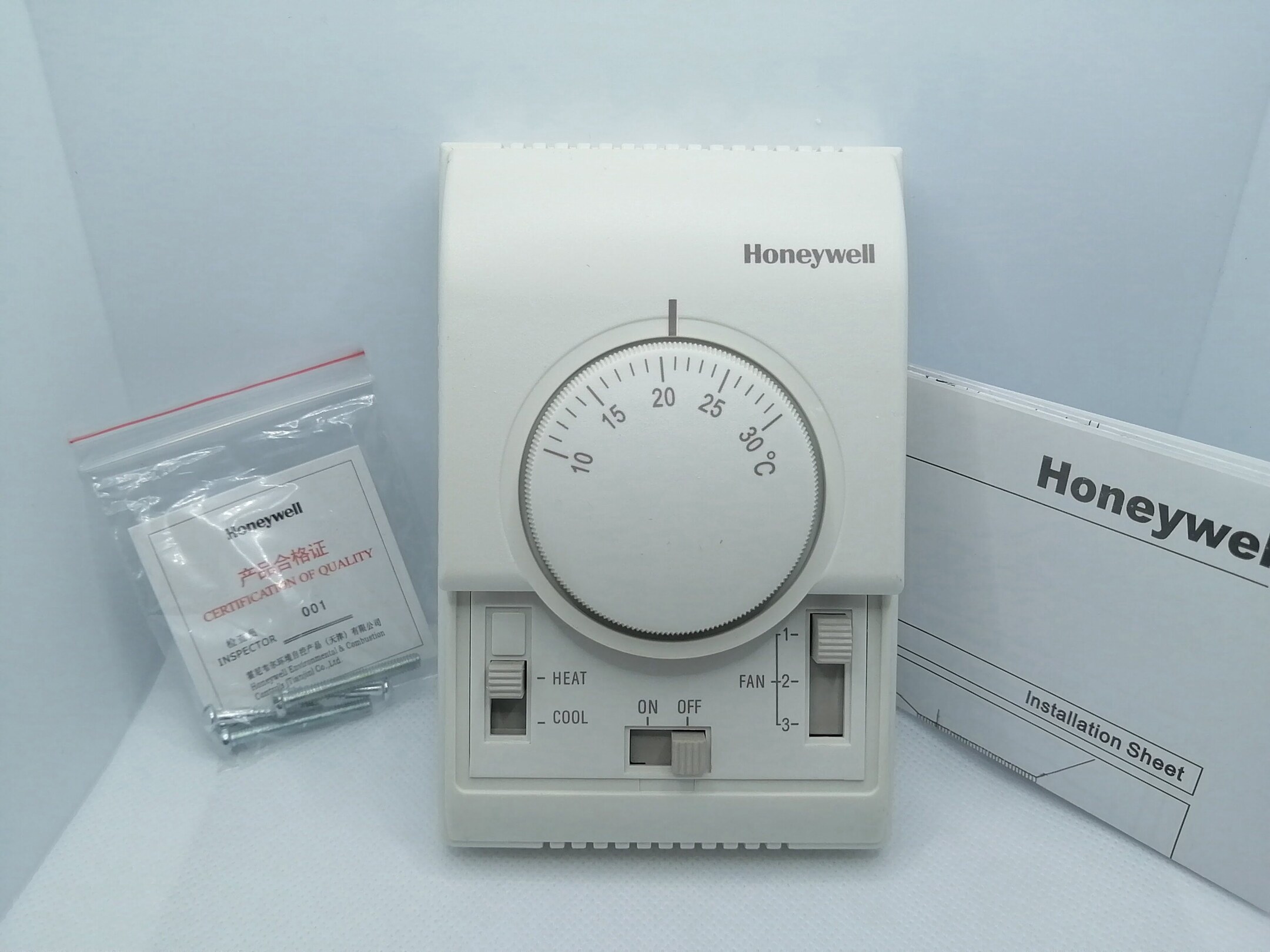
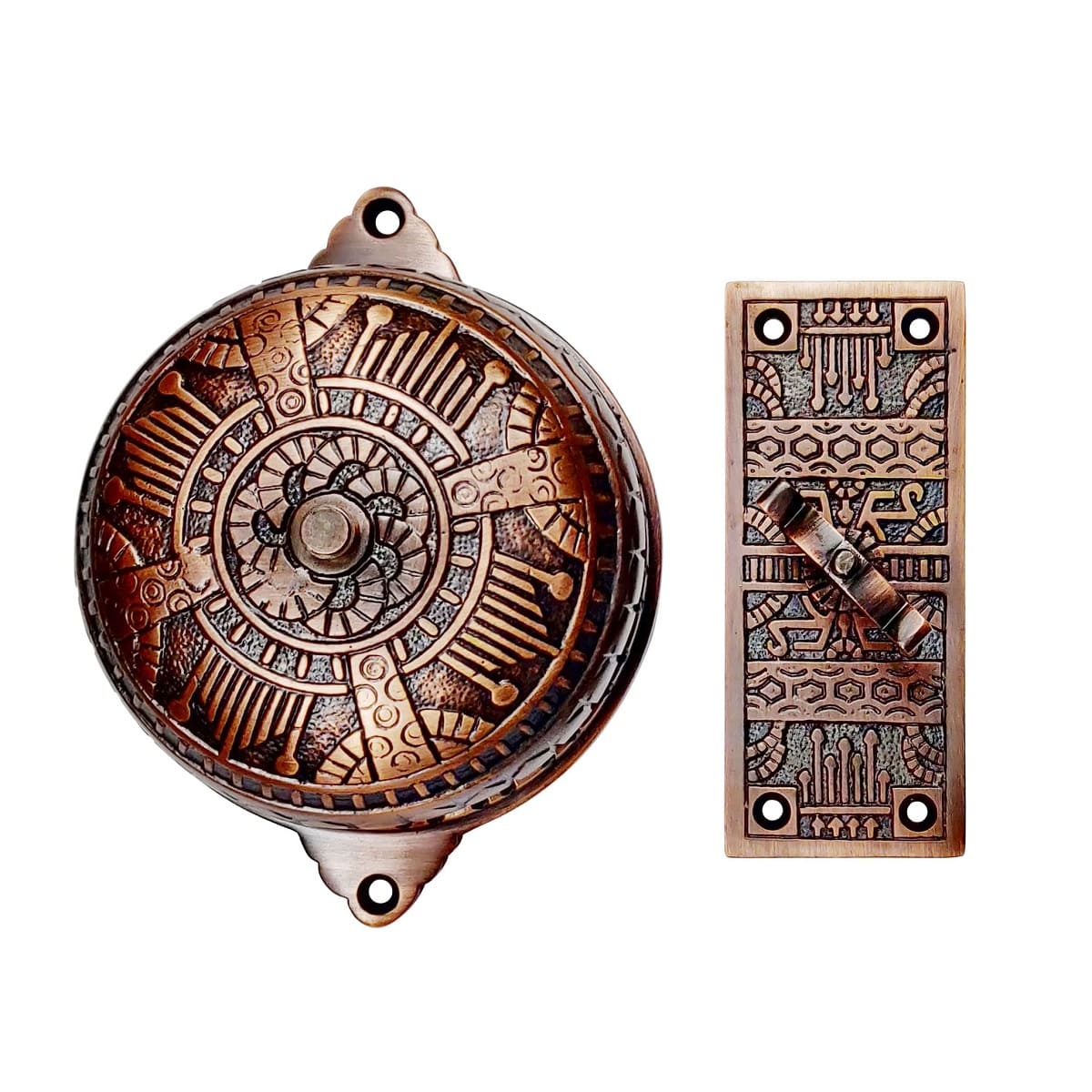
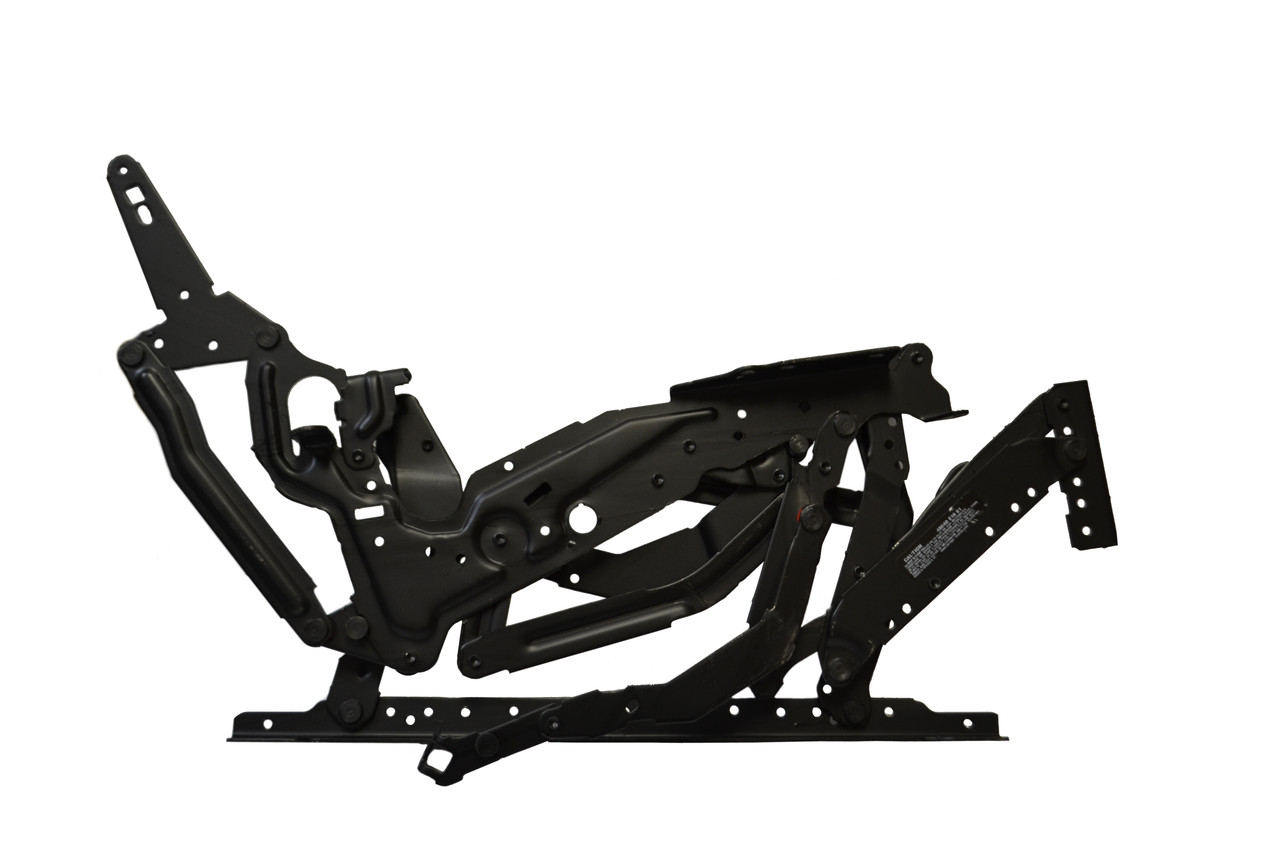
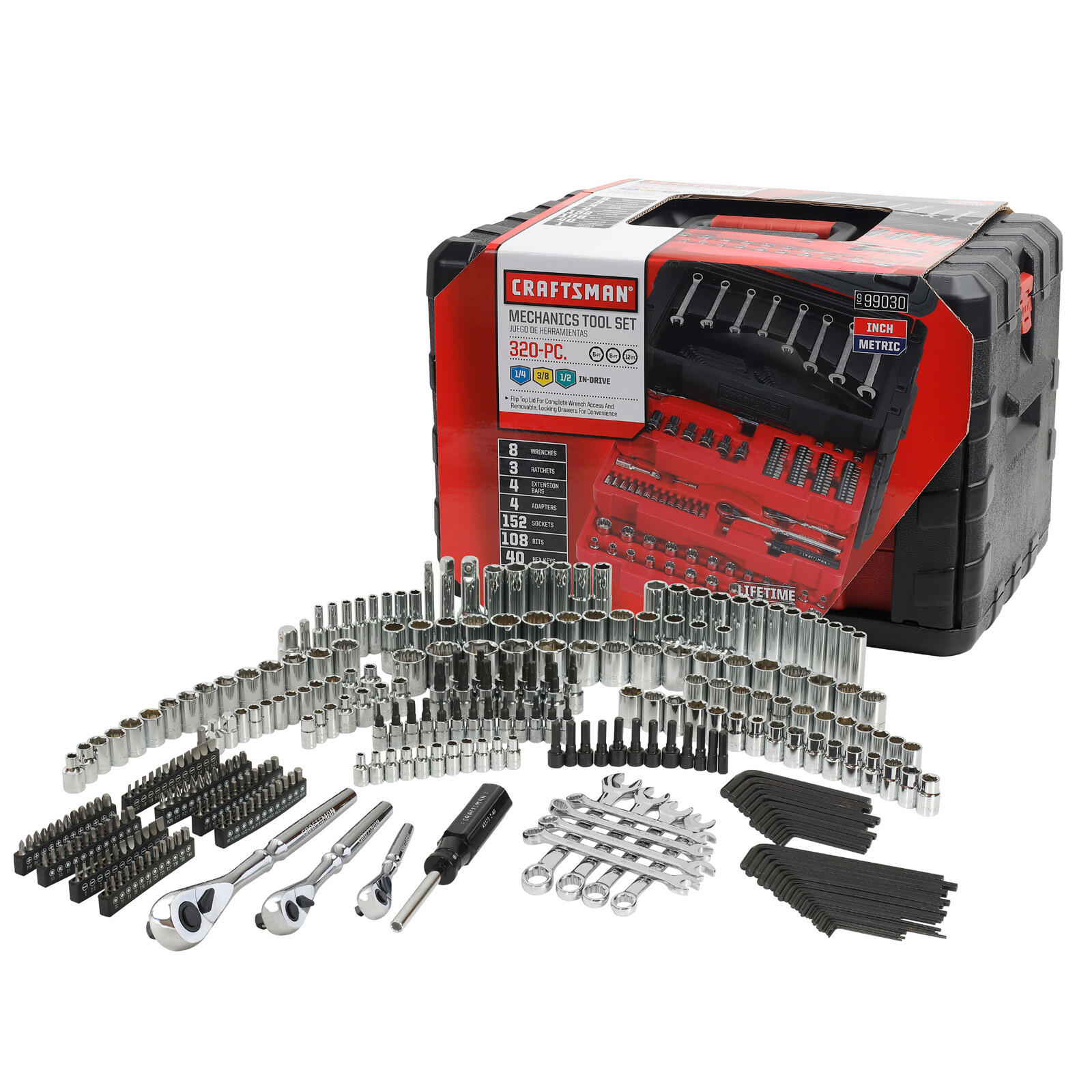
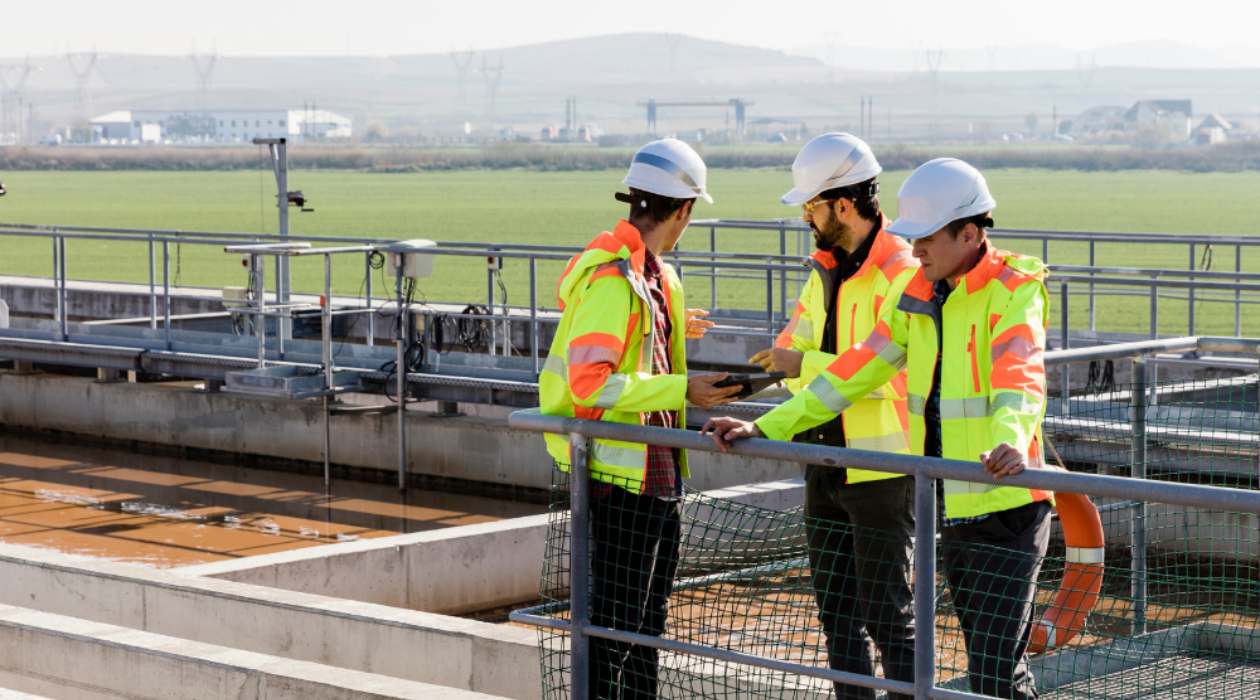
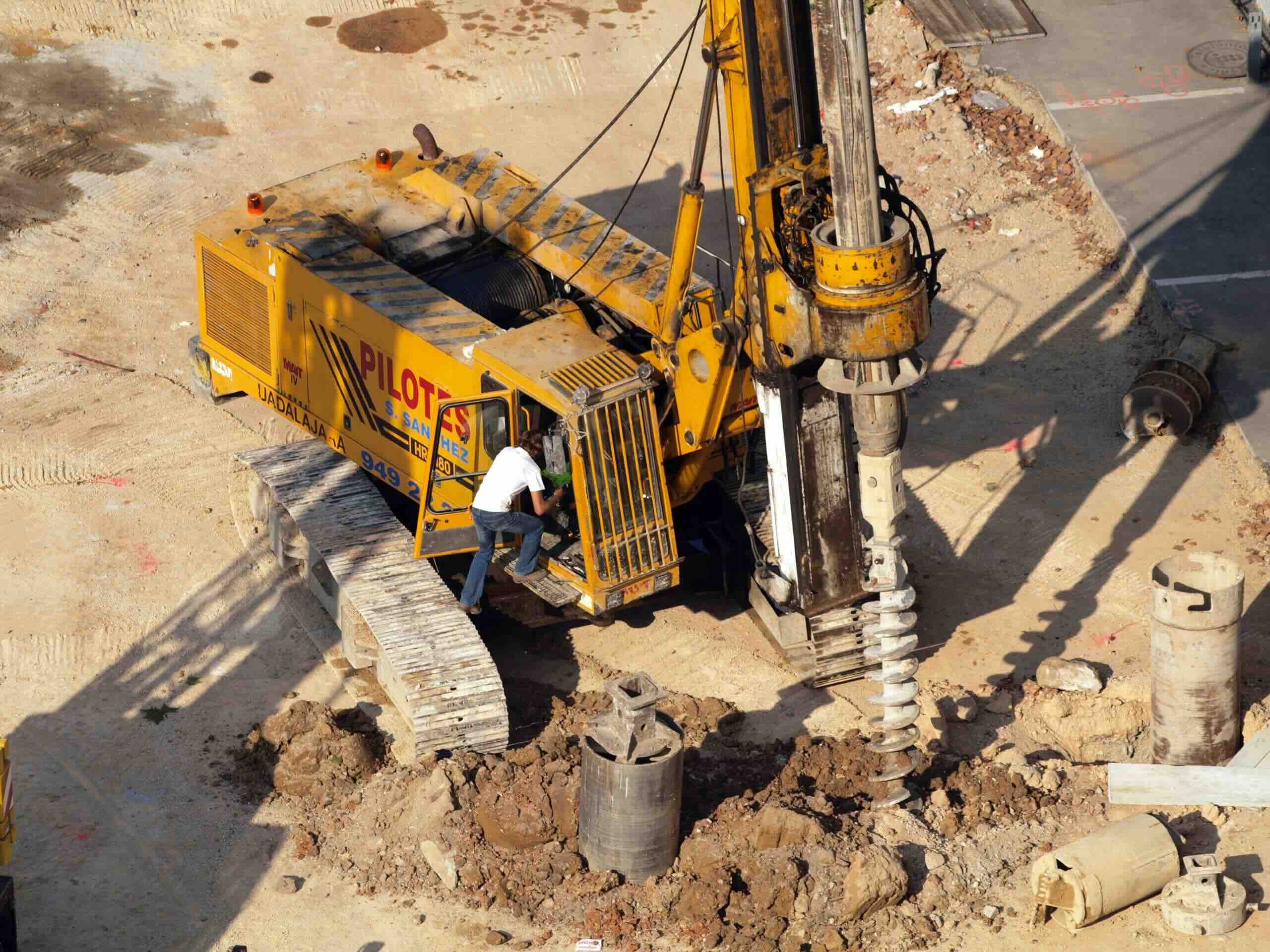

0 thoughts on “What Are Mechanicals In Construction”